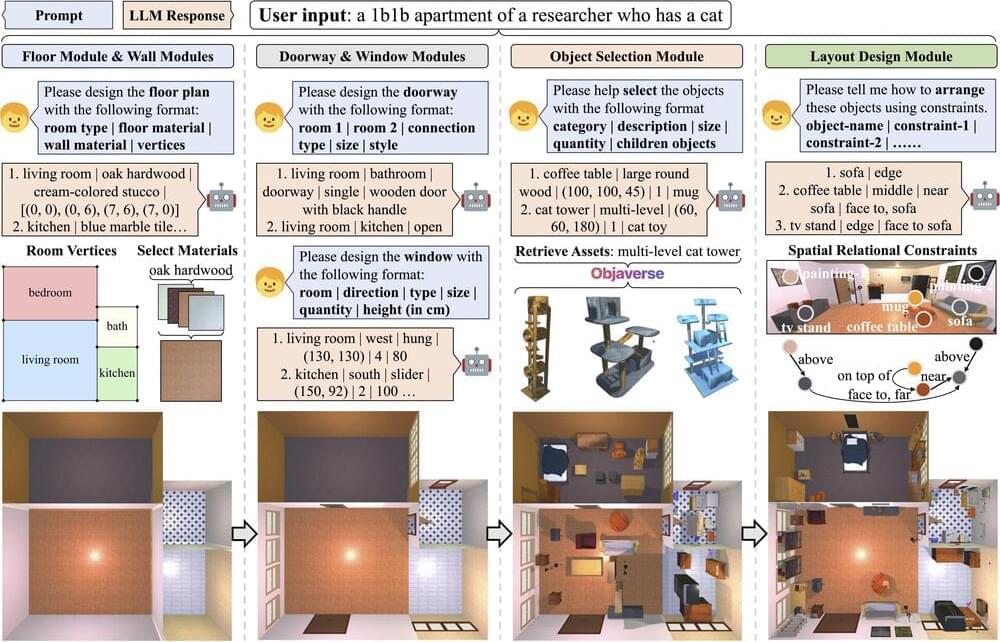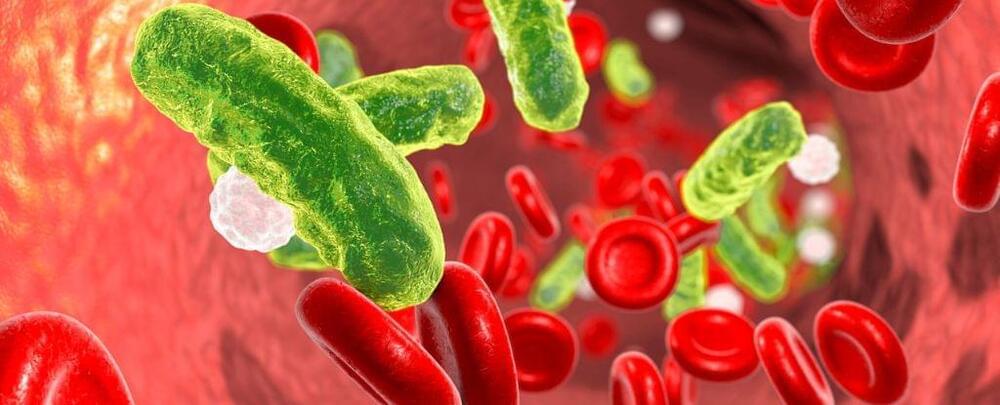This system consists of just 60 stars that are over 10 billion years old, all bound by their own gravity and maybe even dark matter, according to a press release from the W.M. Keck Observatory.






We depend on our cells being able to divide and multiply, whether it’s to replace sunburnt skin or replenish our blood supply and recover from injury. Chromosomes, which carry all of our genetic instructions, must be copied in a complete way during cell division. Telomeres, which cap the ends of chromosomes, play a critical role in this cell-renewal process—with a direct bearing on health and disease.

“This study is a first step in uncovering how we can mitigate risks of THC when used in medicine, and also is targeted at making cannabis safer for the general, non-therapeutic consumer,” said Dr. Tory Spindle.
Can cannabis be modified to decrease certain side effects, specifically anxiety, that is caused by tetrahydrocannabinol (THC)? This is what a recent study published in Drug and Alcohol Dependence hopes to address as a team of researchers led by the Johns Hopkins University School of Medicine investigated whether adding d-limonene, which is a known cannabis oil, to THC could help alleviate common feelings of anxiety or paranoia that cannabis users traditionally experience. This study holds the potential to help improve medicinal cannabis while decreasing risks to users of recreational cannabis, as well.
For the study, the researchers enlisted 20 healthy adult participants with an average age of 26 years old who completed 10 six-hour sessions involving them using vaporized THC alone (15 mg or 30 mg), vaporized d-limonene alone (1 mg or 5 mg), both together, and finally a placebo. The sessions were double-blinded, meaning both the researchers and participants were unaware who was vaporizing which sample.
While all 20 participated in nine sessions, 12 participants conducted the tenth session comprised of the higher dose of THC and an even higher dose of d-limonene at 15 mg. The goal of the sessions was to ascertain the overall drug effects, specifically vital signs, mood, and cognitive functions, along with blood and urine samples during and after each session to measure THC and d-limonene levels.


COLORADO SPRINGS — Commercial space station developer Vast will use SpaceX’s Starlink constellation to provide broadband connectivity for its Haven-1 station launching next year.
Vast announced April 9 that it will install laser intersatellite link terminals on its Haven-1 station to enable communications with Starlink satellites. The agreement between Vast and SpaceX extends to future space stations Vast plans to develop.
Max Haot, chief executive of Vast, said in an interview during the 39th Space Symposium that his company will use terminals supplied by SpaceX. Gwynne Shotwell, president of SpaceX, announced at the Satellite 2024 conference March 19 that SpaceX would sell laser terminals it developed for Starlink to other customers, a product offering she dubbed “Plug ’n’ Plaser.”

“People don’t believe there’s wildlife here, but we’re really very, very rich in wildlife because we’re on the Atlantic Flyway and we have so many places for the birds to stop over during migration,” McMahon said.
Researchers and local students spent nearly two years collecting samples from a wide range of birds, including ones we see often like ducks and geese, to raptors.
Their findings were published earlier this month.

Scientists have figured out a whole new way to cut the legs out from underneath drug-resistant bacterial infections.
The new class of antibiotic was identified by researchers at Uppsala University in Sweden, and while it has only been tested on mice, the team hopes that further development of the drug can “make an important contribution to the ongoing struggle against antibiotic resistance.”
The unique medicine, like many other antibiotics currently in development, targets the double membrane that surrounds gram-negative bacteria, like Escherichia coli, which can cause bowel and blood infections, and Klebsiella pneumoniae, which can cause lung, bladder, and blood infections.